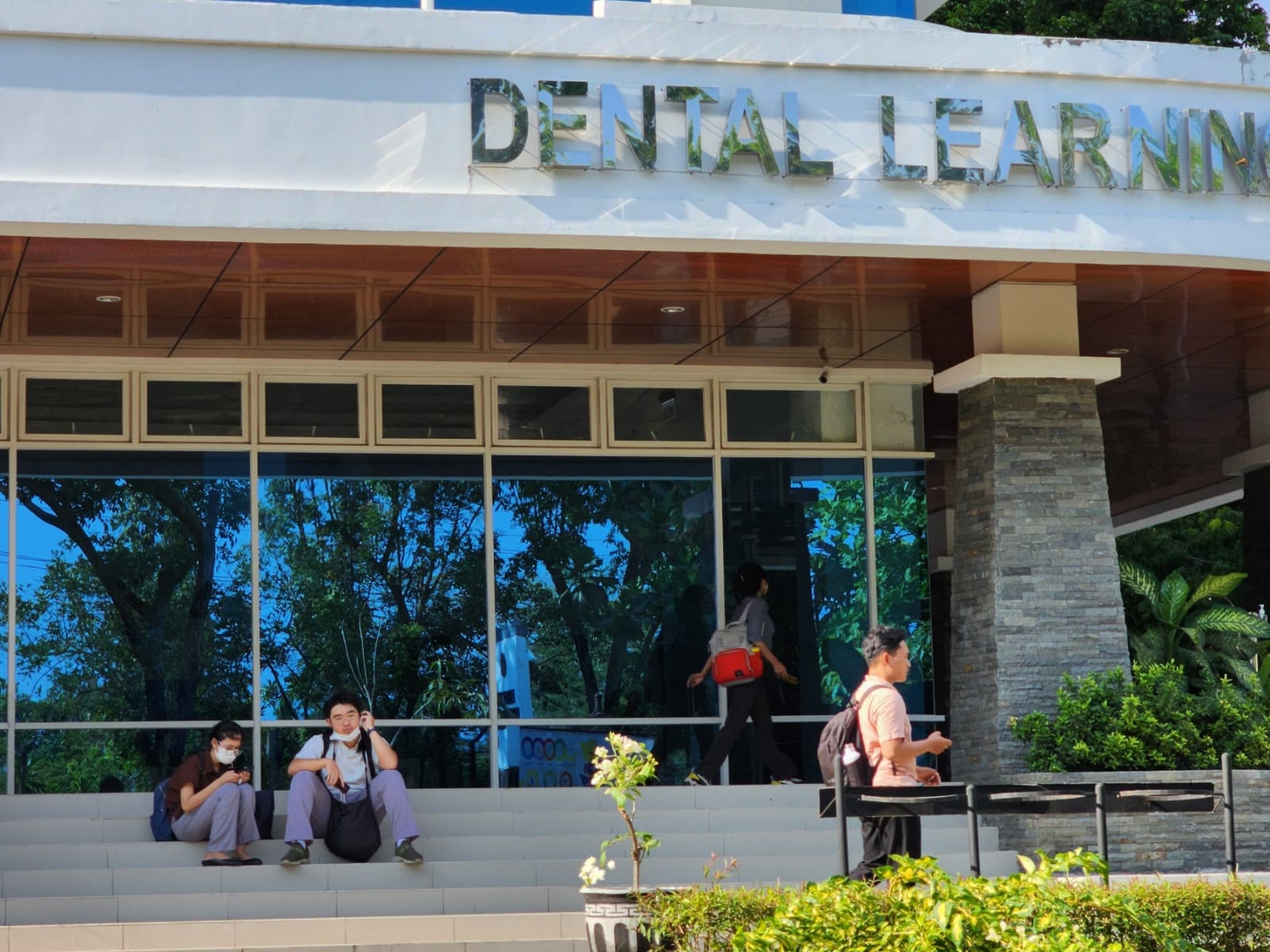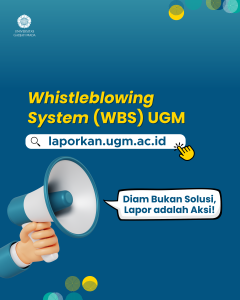An ideal campus environment is one where all elements supporting the education and social life of students, faculty, and administrative staff can function optimally. This environment is not only determined by adequate physical facilities but also by an academic atmosphere and culture that supports the intellectual, emotional, and social growth of the entire academic community.
Comprehensive and Modern Educational Facilities
An ideal campus must have educational facilities that support the teaching and learning process, such as comfortable classrooms, laboratories with the latest technology, a rich collection library, and easy access to digital resources.
Technology that supports online and interactive learning is also an integral part of this modern era. This aspect aligns with the Sustainable Development Goals (SDGs), particularly Goal 4 (Quality Education), which aims to ensure inclusive and quality education and promote lifelong learning opportunities.
Green Spaces and Environmental Sustainability
Green open spaces on campus greatly contribute to the mental and physical health of students. Parks, trees, and outdoor recreational areas create a balanced atmosphere between academic life and relaxation. Furthermore, an ideal campus implements environmental sustainability principles, such as good waste management, energy efficiency, and greening programs.
This aligns with Goal 11 (Sustainable Cities and Communities) and Goal 13 (Climate Action), which encourage the development of sustainable environments that are resilient to climate change.
An Inclusive and Dynamic Academic Community
The ideal campus environment should be inclusive, where all individuals, regardless of cultural, social, religious, or economic backgrounds, feel accepted and valued. The campus should promote open dialogue, intellectual discussions, and collaborative activities that build a dynamic academic climate.
Social inclusion and acceptance of diverse identities align with Goal 10 (Reduced Inequalities), which focuses on reducing inequalities in various forms.
Balance Between Academics and Extracurricular Activities
In addition to academic excellence, the ideal campus environment also provides space for the development of students' interests and talents through extracurricular activities, such as student organizations, sports, arts, and social activities. Facilities such as sports centers, arts buildings, and student activity rooms support the development of non-academic potential, ultimately shaping well-rounded individuals.
By providing spaces that foster students' talents and creativity, FKG UGM contributes to Goal 3 (Good Health and Well-being), particularly regarding physical and mental health.
Psychological Support Systems and Student Well-being
An ideal campus provides counseling services, mental health support, and easily accessible health facilities. Programs for physical and mental health, such as campus clinics, psychological counseling, and mindfulness activities, are essential to ensure that students can manage academic pressures and daily life effectively. This also supports Goal 3 (Good Health and Well-being), which focuses on optimal mental and physical health.
Accessibility and Security
The ideal campus environment should be accessible to everyone, including those with special needs. Facilities and infrastructure must be disability-friendly, such as special pathways, elevators, and easy access to various parts of the campus. Additionally, campus security is a top priority, with strict surveillance, adequate lighting, and alarm systems to ensure all campus residents feel safe. This is closely related to Goal 10 (Reduced Inequalities), which encompasses equal access for all.
Strong Connections with the Surrounding Community
The ideal campus is not isolated from its surroundings but actively interacts with the community. Through community service programs, collaborative research, and social activities, the ideal campus can positively impact the local community and strengthen mutually beneficial relationships. This approach supports Goal 17 (Partnerships for the Goals) by promoting collaboration between the campus and the community in creating positive impacts for the surrounding environment.
The ideal campus environment creates a space where every individual can learn, grow, and collaborate in a positive and supportive atmosphere. It is a place where creativity, innovation, and academic integrity converge to shape a highly competitive future generation that remains committed to humanitarian and environmental values.
Author: Pram



